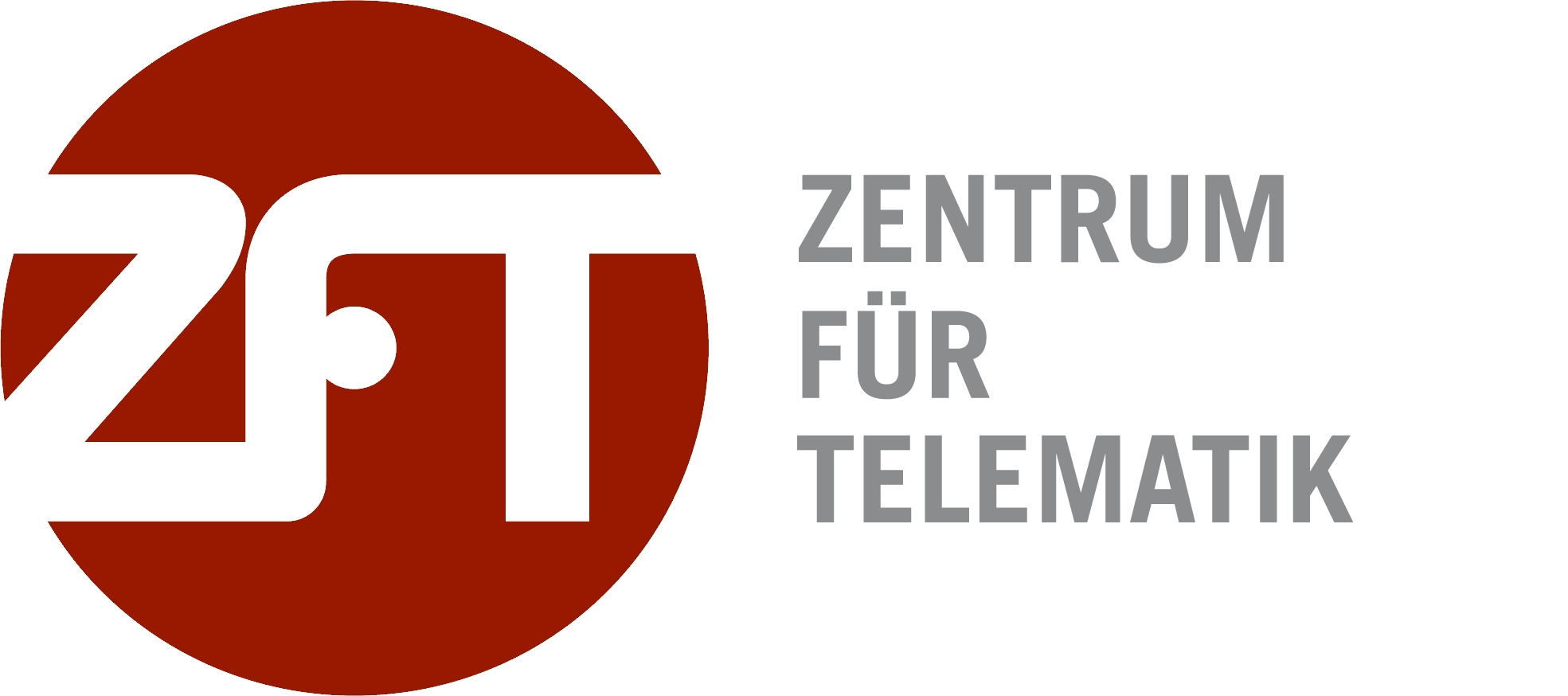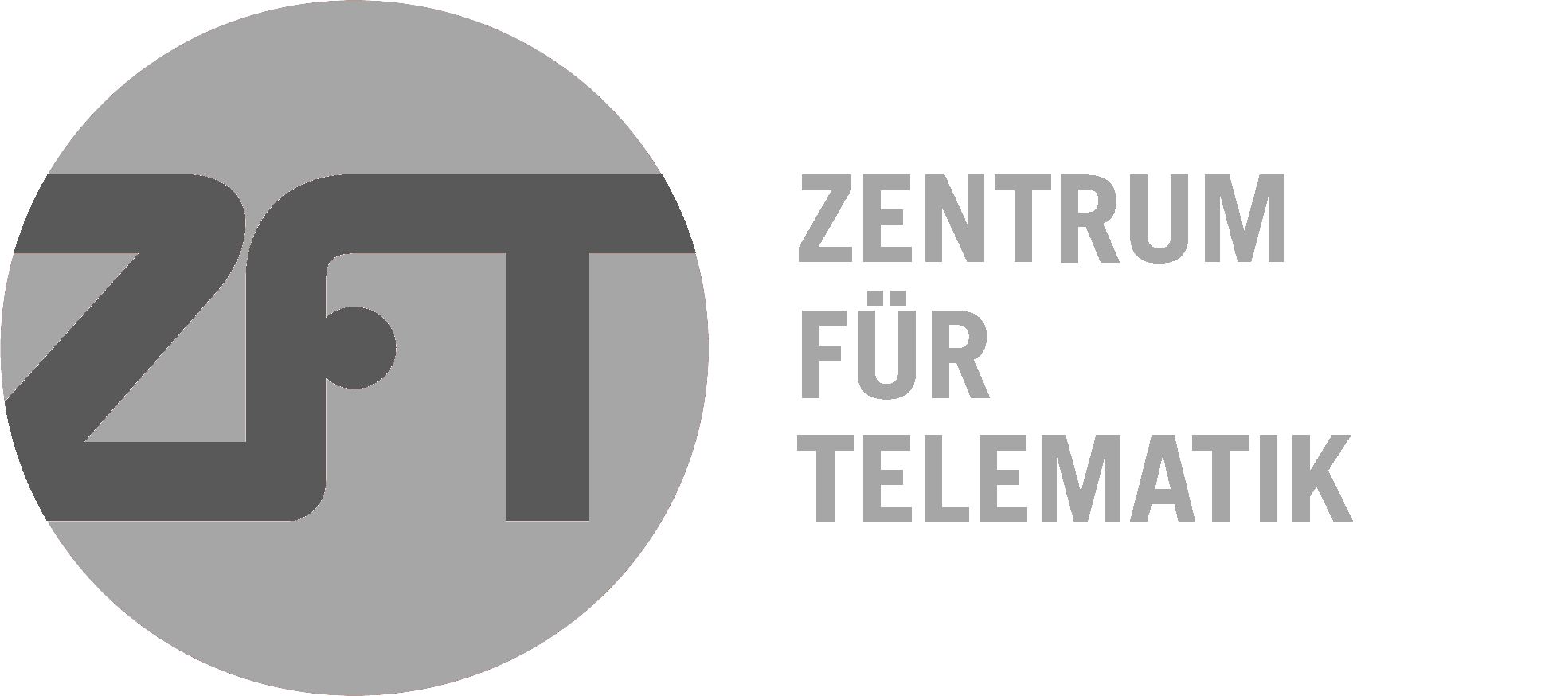Augmented Reality
The term Augmented Reality (AR, “augmented reality”) refers to the insertion of useful additional information into the current working environment. The ZfT develops powerful and intuitive interfaces to the worker in order to display helpful information.
The aim is that these systems can be easily integrated into the production environment, where they can be localised/calibrated as automatically, quickly and robustly as possible, in order to exchange data with other devices in the environment and to adapt their displays to current requirements. The project investigates monitor-based AR techniques on devices such as tablets, smartphones, data glasses or PCs and how these can efficiently support users in diagnosis, programming, repair and remote assistance.
In addition, ZfT is also developing powerful projection-based Spatial Augmented Reality (SAR) user interfaces, in which virtual information is displayed directly on the working environment via projector.
The example of robot-assisted weld seam removal in metalworking is shown in the figures on the left: First of all, a projector/camera combination is used to create a 3D surface model of the workplace in a very short time using “Structured Light”.
Then process information such as the processing trajectory of a manipulator for grinding can be displayed directly on the workpiece. Special parameter entries can be inserted here by the operator. This is then automatically converted into an executable robot program. This makes fast and intuitive robot programming possible even without programming knowledge.
AR-based user interfaces represent an important cross-sectional function and are ideally suited for the intuitive display of production data. But they can also be used for cognitive support at the workplace, for example by displaying assembly sequences, for simplified machine programming and for communication between the service technician and the remote maintenance center.



